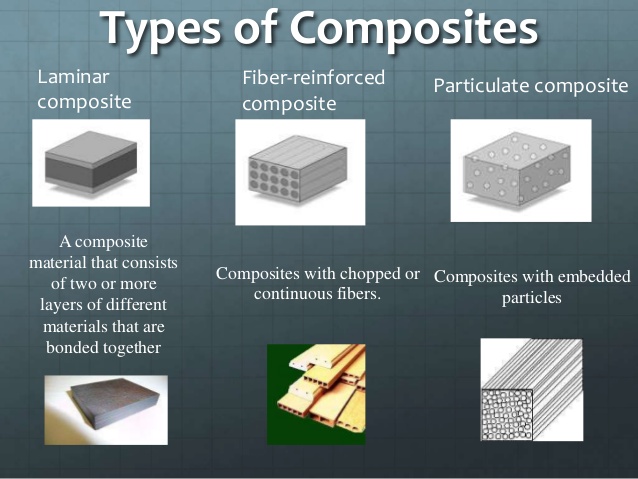
During the eighteen session dated May 22 2019, Wildcard Week. I should design and produce something with a digital fabrication process (incorporating computer-aided design and manufacturing) not covered in another assignment, documenting the requirements that our assignment meets, and including everything necessary to reproduce it.

A composite material (also called a composition material or shortened to composite, which is the common name) is a material made from two or more constituent materials with significantly different physical or chemical properties that, when combined, produce a material with characteristics different from the individual components. The individual components remain separate and distinct within the finished structure, differentiating composites from mixtures and solid solutions.
The new material may be preferred for many reasons. Common examples include materials which are stronger, lighter, or less expensive when compared to traditional materials.
Composite materials are generally used for buildings, bridges, and structures such as boat hulls, swimming pool panels, racing car bodies, shower stalls, bathtubs, storage tanks, imitation granite and cultured marble sinks and countertops.
Simply put, composites are a combination of components. In our industry, composites are materials made by combining two or more natural or artificial elements (with different physical or chemical properties) that are stronger as a team than as individual players. The component materials don’t completely blend or lose their individual identities; they combine and contribute their most useful traits to improve the outcome or final product. Composites are typically designed with a particular use in mind, such as added strength, efficiency or durability.
Reference:Wikipedia
Composites, also known as Fiber-Reinforced Polymer (FRP) composites, are made from a polymer matrix that is reinforced with an engineered, man-made or natural fiber (like glass, carbon or aramid) or other reinforcing material. The matrix protects the fibers from environmental and external damage and transfers the load between the fibers. The fibers, in turn, provide strength and stiffness to reinforce the matrix and help it resist cracks and fractures.
Fiber: Provides strength and stiffness (glass, carbon, aramid, basalt, natural fibers)

Matrix: Protects and transfers load between fibers (polyester, epoxy, vinyl ester, others)

Fiber Composites Matrix: Creates a material with attributes superior to either component alone In many of our industry’s products, polyester resin is the matrix and glass fiber is the reinforcement. But many combinations of resins and reinforcements are used in composites—and each material contributes to the unique properties of the finished product: Fiber, powerful but brittle, provides strength and stiffness, while more flexible resin provides shape and protects the fiber. FRP composites may also contain fillers, additives, core materials or surface finishes designed to improve the manufacturing process, appearance and performance of the final product.
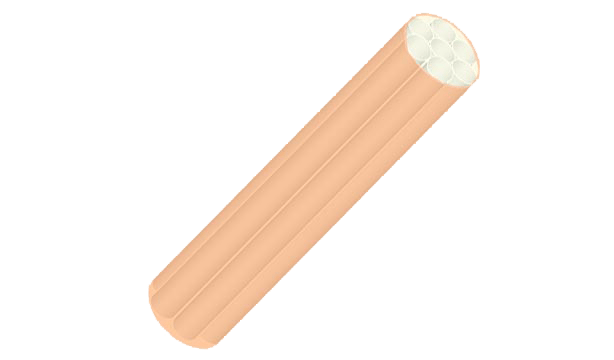
Reference:What Are Composites
For this week assignment I designed a bottle on Fusion 360.


Then I manufactured its mold using a Blue Foam board as material on the HAAS VF-6 CNC milling machine.
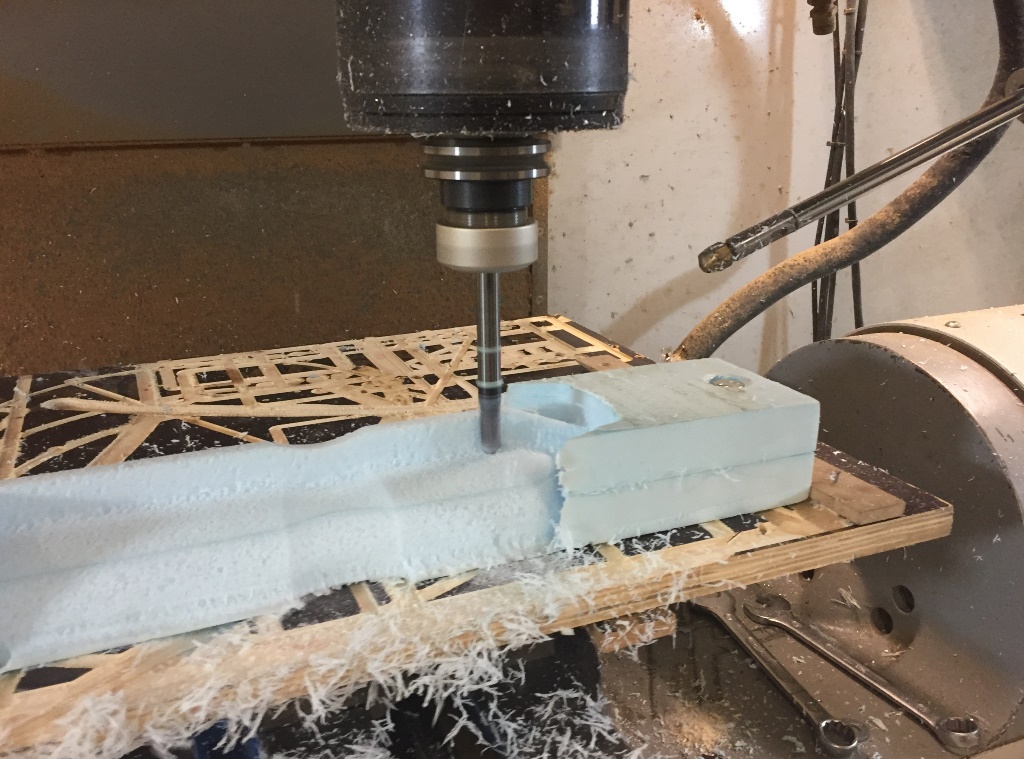

At the beginning, I covered the foam model with grease to make the removal of the model easy at the end of the coating process.

The liquid preparation:

Then I arranged the size of the layers. I used waste bags made from recycled plastic bottles as layers.



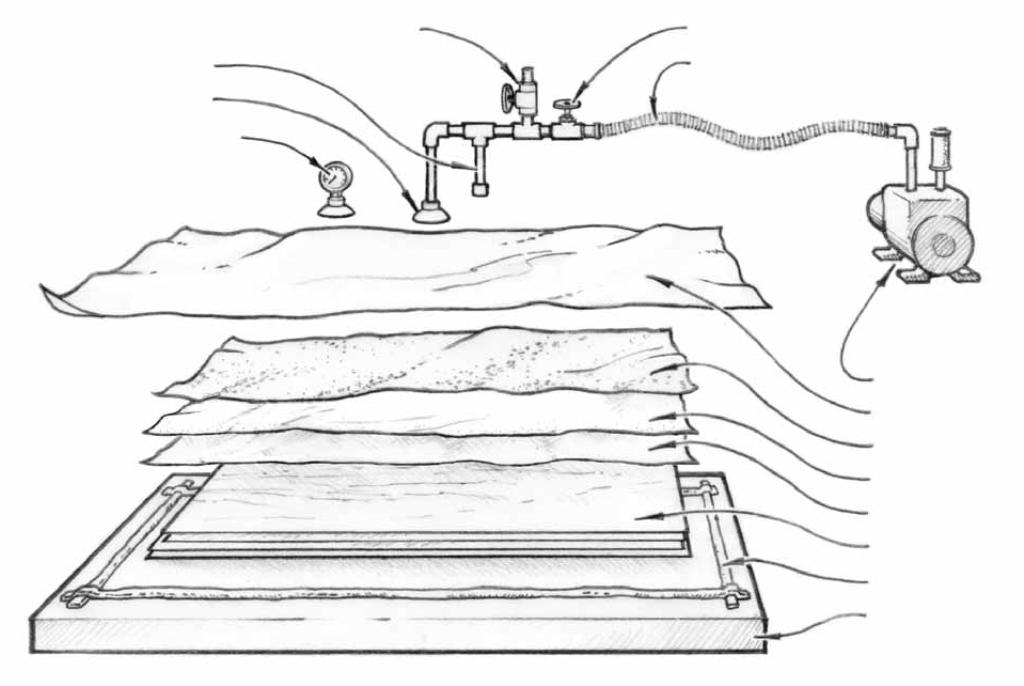
After covering 8 layers with epoxy, I placed it in a special plastic bag equipped with an air exhaust outlet to be able to vacuum the internal existing air between the layers so that the cover will totally have the mold shape.
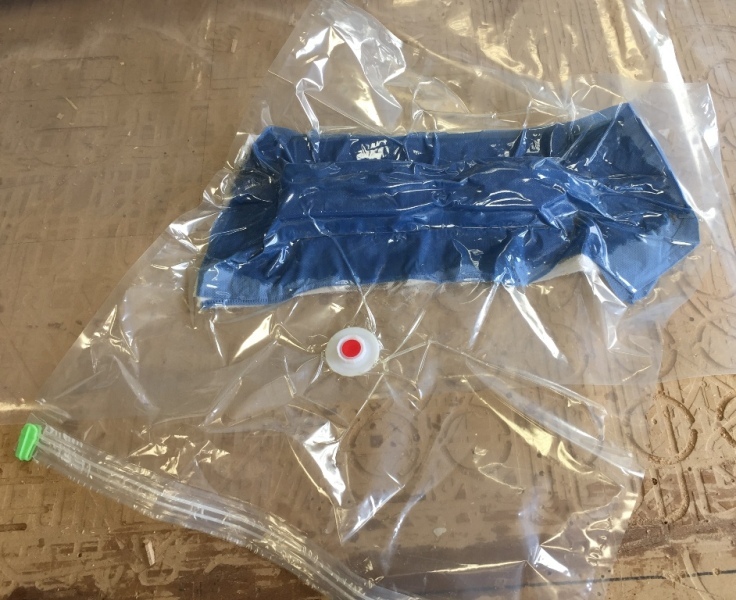
After waiting for 48 hours, I discovered that the "Blue Foam board" that I used was not the perfect material and it melted due to some chemical reaction with the "Resine" that I used. The cover was more or less in shape.
As a second test, I will use the HDPE (abbreviation for high-density polyethylene resin) material and the Fiberglass tape of 5cm width and epoxy with its hardener.

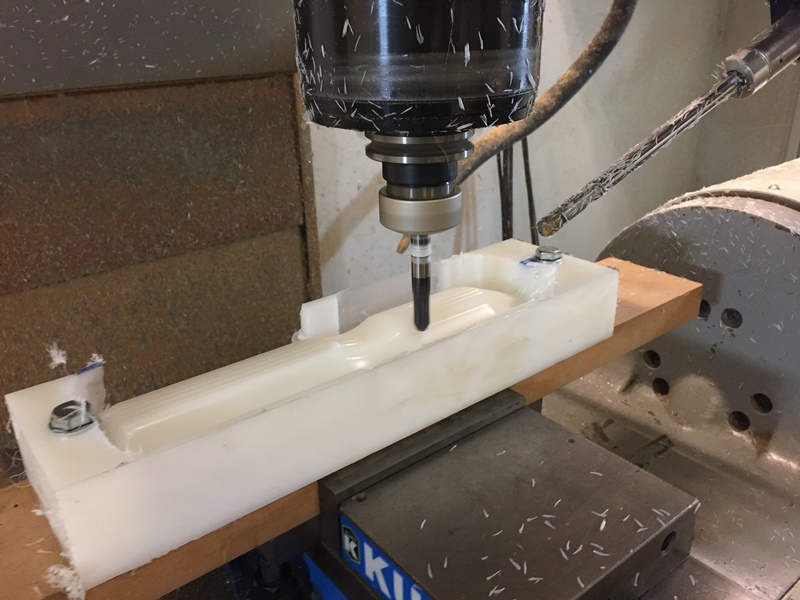
My new 3D model in HDPE:
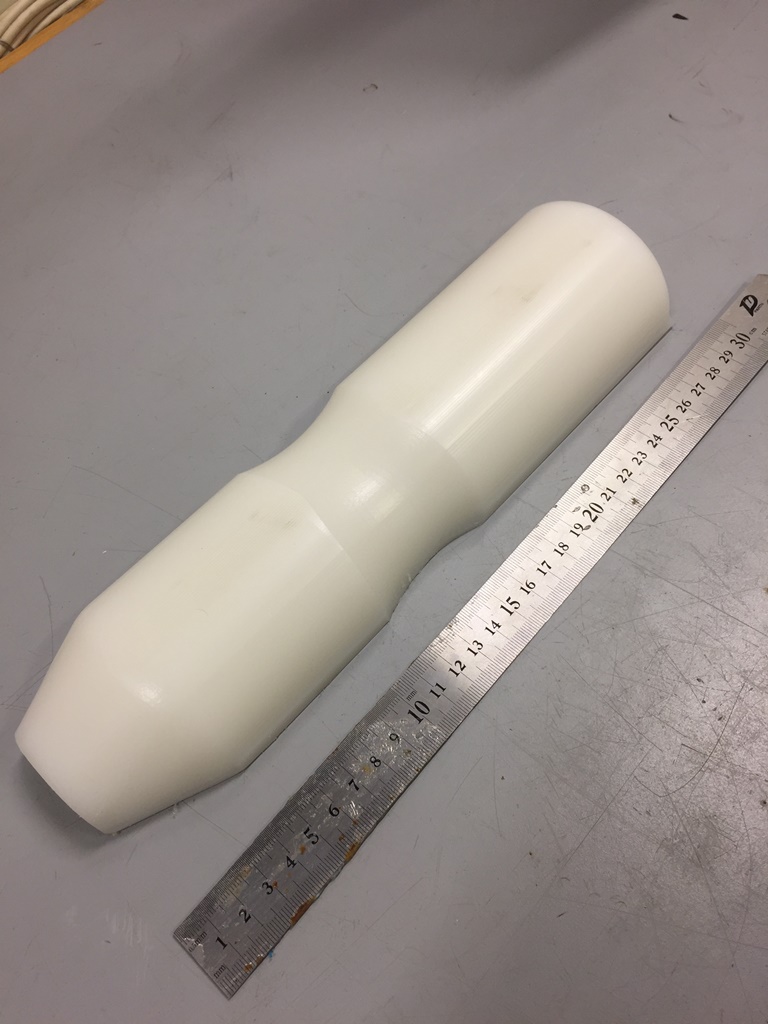
I used the Fiberglass tape of 5cm width and tights and resine:
I should use protection mask because fiber glass is very dangerous.



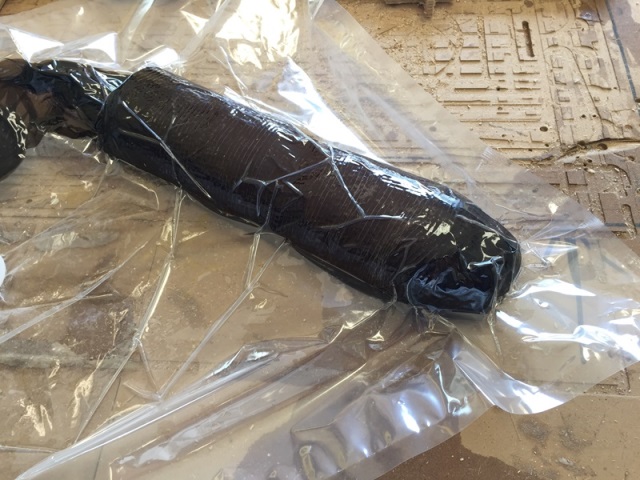

After 48 hours I removed the vaccum bag.
Reference:Vacuum Bagging Techniques.
Fusion 360 model of the bottle,
stl format of the bottle.

This work is licensed under a Creative Commons Attribution 4.0 International License.